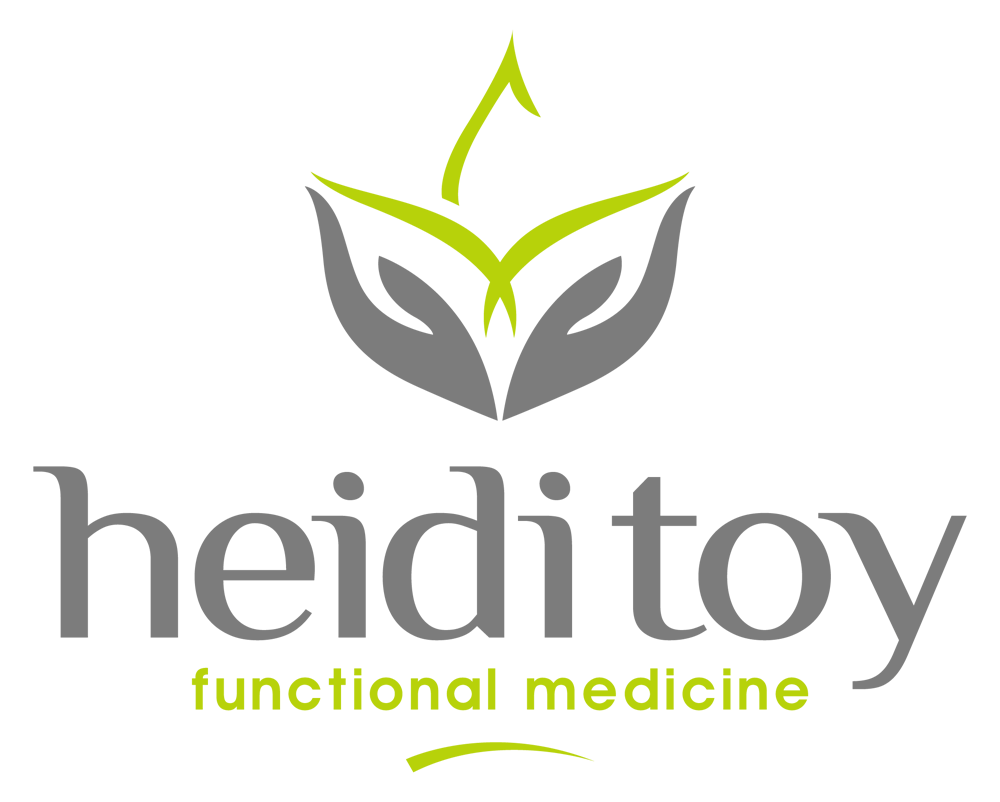The Nine Most Important Rules in HTMA Mineral Balancing by Dr. Paul Eck
Minerals are the key drivers of energy production in the human body.
The balance and interaction of these minerals within your tissues play a crucial role in shaping your physical and emotional well-being. By understanding and managing these fundamental aspects of human energy, you can significantly enhance both the vitality and quality of your life.
Dr. Paul Eck developed principles for Hair Tissue Mineral Analysis (HTMA) as a method for understanding how minerals and metals in the body affect health.
His "Nine Most Important Rules" in HTMA mineral balancing emphasize the complex relationships between minerals and their ratios, which are critical for maintaining balance and proper physiological function. Here are the nine rules based on his teachings:
1. Balance Key Mineral Ratios: More important than the actual mineral levels are the ratios between key minerals, such as sodium/potassium (Na/K), calcium/magnesium (Ca/Mg), calcium/potassium (Ca/K), and sodium/magnesium (Na/Mg). These ratios are critical indicators of metabolic function, adrenal health, and thyroid activity.
2. Understand Oxidation Types: Dr. Eck emphasized that people can be categorized into "fast" and "slow" oxidizers, which refers to how quickly their body burns through nutrients. The balance of minerals, particularly sodium and potassium, is used to determine a person’s oxidation rate, and mineral recommendations are adjusted accordingly.
3. Avoid Over-supplementation: It is crucial not to give excessive amounts of any one mineral because it can disrupt the balance of other minerals. For instance, giving too much calcium can suppress thyroid function or create a magnesium deficiency.
4. Restore Adrenal and Thyroid Function: Correcting imbalances in adrenal and thyroid function is fundamental. Sodium and potassium levels are used to assess adrenal health, while calcium and potassium levels are indicators of thyroid function. The goal is to normalize these functions through balancing mineral levels.
5. Address Toxic Metals: Toxic metals like lead, mercury, cadmium, and aluminum often interfere with mineral balance and health. Detoxification protocols must be carefully introduced after improving mineral status to avoid overburdening the body.
6. Support Elimination of Metals: Once mineral levels are better balanced, detoxification of heavy metals can begin more effectively. Nutrients such as zinc, sulfur, and vitamin C play essential roles in binding and removing these toxins.
7. Focus on Stress Handling: Mineral imbalances often result from stress, and they, in turn, worsen the body's ability to handle stress. The Na/K ratio is a key indicator of the body’s stress response. Normalizing this ratio can improve how well a person handles stress.
8. Understand Biochemical Individuality: Each person’s mineral needs are unique, and treatment must be tailored based on the specific results of their HTMA test. There is no one-size-fits-all approach in mineral balancing.
9. Retest and Adjust Regularly: The body’s mineral levels and ratios change over time, especially as health improves or environmental conditions change. Regular HTMA testing allows for adjustments in the mineral balancing protocol to ensure continued progress. We suggest that the Slow Oxidizer retest every 3 months and the Fast Oxidizer every 2 months.
Dr. Paul Eck's approach is holistic, addressing the body's mineral needs not just by supplementation but through a nuanced understanding of how these elements work in relation to each other, helping to support overall health.
Don't Miss Out!

Heidi Toy Functional Medicine Blog
































































































